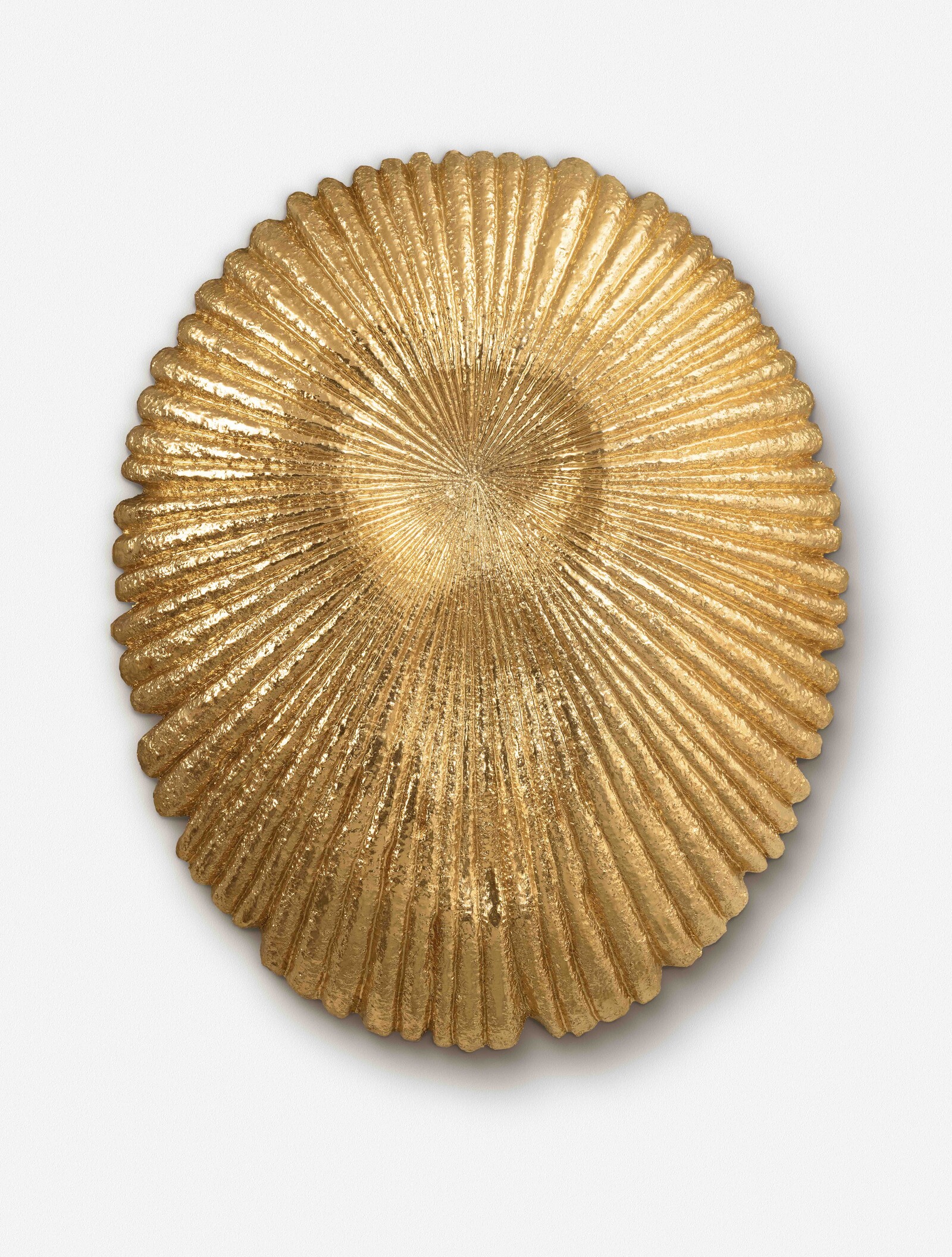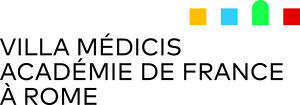I Peccati
October 15, 2020–January 31, 2021
viale Trinità dei Monti, 1
00187 Rome
Italy
Hours: Wednesday–Monday 10am–5pm
T +39 06 67611
standard@villamedici.it
Initially scheduled for spring 2020, Johan Creten’s exhibition I Peccati will be presented from October 15, 2020 to January 31, 2021 at the French Academy in Rome – Villa Medici, curated by Noëlle Tissier and organized with the support of the Almine Rech and Perrotin galleries.
Forerunner, unclassifiable and against the current, Johan Creten (born in 1963) is an artist that has distinguished himself as a strong, enigmatic and intriguing figure in the artistic landscape of recent decades, occupying a singular place on the international scene of contemporary creation.
Johan Creten made his mark in the 1980s with his innovative use of ceramics. Today he is considered a leading figure in his renewal in the field of contemporary art.
Another side of his work, he uses bronze with virtuosity for the realization of monumental sculptures, including a major example: De Vleermuis (The Bat), that will be presented in the gardens of the Villa Medici.
The exhibition I Peccati brings together, for the first time and with such breadth in Italy, a collection of 55 works by the artist, in bronze, ceramic and resin. They will be reunited and juxtaposed to some historical works by Lucas Van Leyden (1494-1533), Hans Baldung (1484-1545), Jacques Callot (1592-1635), Barthel Beham (1502-1540) and Paul van Vianen ( 1570–1614), milestones underlying Johan Creten’s thinking.
The first room opens onto a series of creations and re-creations of conceptual works from 1986. Placed alongside The Garden (produced in 1996-97 during the artist’s residence at the Villa Medici) and of more seminal works like Orange Display (1989-2017) and Plantstok (1989-2012), this room questions our relationship to introspection and self-awareness, invoking the notion of lost paradise and temptation.
In the second room, a new monumental resin work Muses and Medusa, started in 2005 and completed in 2019, dialogues with pieces from the famous metonymic series “Odore di Femmina” (started in 1998) on seduction, the ambiguity of human feelings and relationships.
A third section brings together highly political works including the bronze The Price of Freedom (2015), Couch Potatoes (1997) and a new series of ceramics “Wargames” (2019).
In the climb of the stairs, a set of enigmatic bronzes overhangs and poses the question of moral conscience in a society caught in a continuous movement, in deep mutation. The monumental sculpture The Herring towers 5 meters high in the last section. A unique sculpture produced in collaboration with the historic workshops of the Porzellanmanufaktur Augarten is revisiting a porcelain from Doccia and will be unveiled for the first time to the public.
Disseminated in space, a new series “Bolders” in glazed stoneware, invites the public to sit down, take the time, observe the works to discover their hidden connections and dive into breathtaking details. Shimmering glass surfaces, textured patinas, metaphors and hidden meanings taking from urban culture’s “secret handshakes”.
Johan Creten mentions “Slow art” and the need for a return to introspection. A movement, ranging from miniature to monumental figures, which allows you to take time and immerse yourself in an exploration of the world with its individual and societal torments, for a journey filled with surprises and emotions.
The sculptures of Johan Creten made especially for the exhibition between 2019 and 2020 added to the pieces that punctuate his journey from the 80s to the present day, are associated here with 16th and 17th century prints, tapestries and bas-reliefs from his personal collection. These historical works summoned by the artist are a real reference in his creative process. They reveal his concerns, be they artistic, historical, political or philosophical. The intersection of these works in the exhibition upsets our perception through multiple reading points of view which, from the past, question the future of our humanity.
The exhibition will be accompagnied by a new publication with texts by Colin Lemoine, Nicolas Bourriaud, Noëlle Tissier, and photographies by Gerrit Schreurs.
Press contacts:
Babel Communication
isabellebaragan [at] orange.fr
Practical info at villamedici.it









